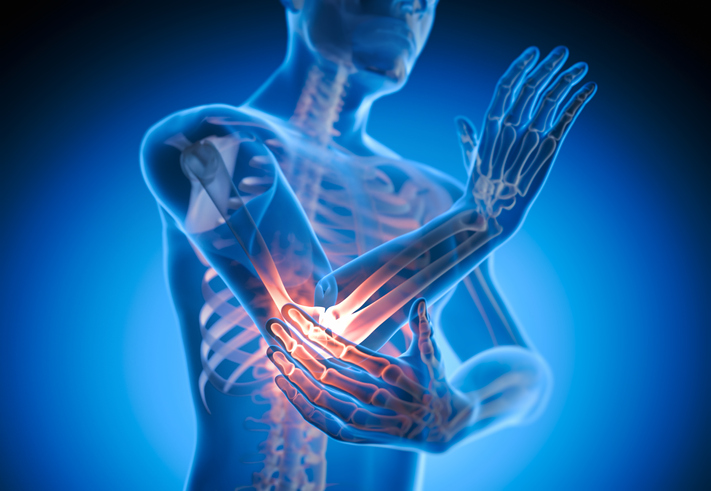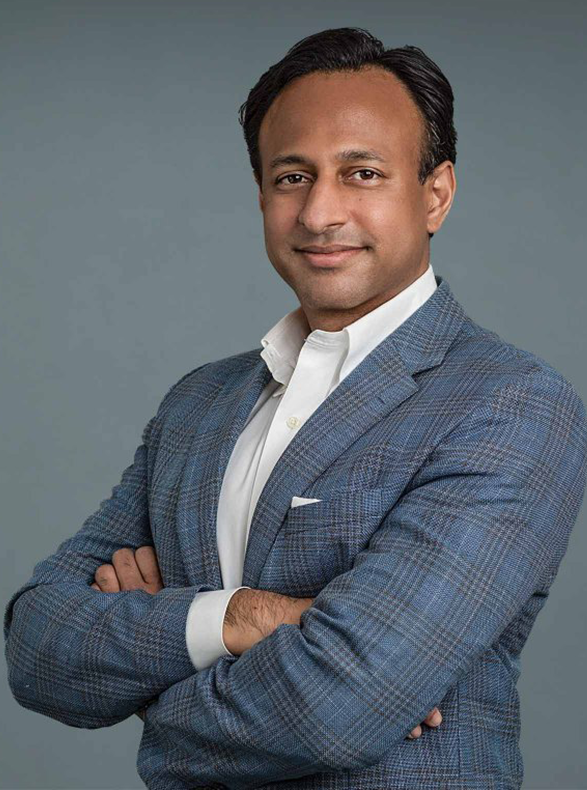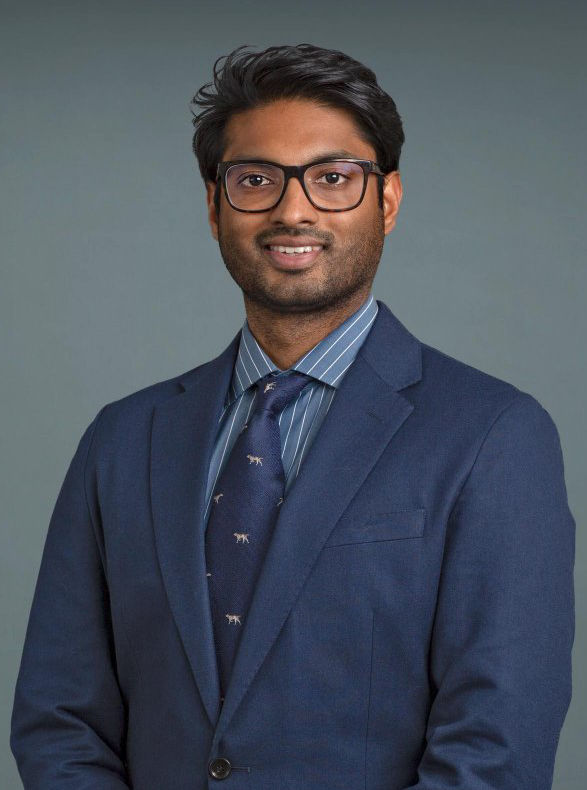Reconstructive Surgery
What is reconstructive surgery?
Reconstructive surgery, also referred to as limb salvage or limb-sparing surgery, is an approach that can prevent the amputation of severely-damaged limbs that are susceptible to further injury or infection. Reconstructive surgery combines orthopedic and plastic surgical skills to restore both the function and appearance of affected limbs.
Severe injuries that open new avenues for infection or other complications include damage that separates skin and muscle from bone and certain fractures that compromise soft tissue and blood supply to the affected area. Specifically, reconstructive surgery may be used to treat injuries due to causes such as physical trauma from an accident, frostbite, or cancer.

What does reconstructive surgery involve?
The manner in which a reconstructive procedure is performed depends partially upon the nature and severity of the injury. It typically involves:
● An evaluation of the wound to determine the likelihood of successful reconstruction and function
● Cleaning the wound
● Repairing nerves and restoring blood flow to the affected area
● Reconstructing bones using grafts or prosthetic parts
Speak with a NYC reconstructive surgery specialist now
You may have more options than amputation of a damaged limb to prevent medical complications. Give yourself a chance at a more physically-active life and schedule an appointment with a NYC reconstructive surgery specialist now.
Limb Reconstruction Procedures
Deformity Correction Surgery:Deformity correction is the surgical adjustment or modification of bone that grows incorrectly as the result of a disease or condition, such as bowlegs or knock knee.
Limb Lengthening Surgery:Limb lengthening is a procedure to lengthen the bones in the arms or legs. This is done as a gradual process, so that the bones and soft tissues (skin, muscles, nerves, etc.) slowly increase in length. Typically, the process take several months. Limb lengthening can also be combined with gradual or acute deformity correction. At the International Center for Limb Lengthening, we routinely lengthen the humerus (upper arm bone), radius/ulna (forearm), femur (thigh bone), tibia (shin bone) and metatarsals (bones in the foot that affect toe length).
Acute and Chronic Tendon Rupture Repair and/or Reconstruction:
Limb Contracture Surgery:
Acute or Chronic Bone Infection (Osteomyelitis) Surgery: Osteomyelitis is an inflammation or swelling of bone tissue that is usually the result of an infection. Bone infection may occur for many different reasons and can affect children or adults. Osteomyelitis can also occur from a nearby infection due to a traumatic injury, frequent medication injections, a surgical procedure or use of a prosthetic device. Acute Osteomyelitis is an infection that comes on suddenly. You may have a fever and then develop pain in the infected area days later. Chronic osteomyelitis is a bone infection that doesn’t go away with treatments. It causes bone pain and recurring drainage (pus). Rarely, chronic osteomyelitis doesn’t have symptoms. The infection may go undetected for months or even years. The goal for treatment of osteomyelitis is to cure the infection and minimize any long-term complications. In some cases, surgical intervention may be necessary to drain infectious fluid, or to remove damaged tissue and bone.

Sanjit R. Konda
Abhishek Ganta



